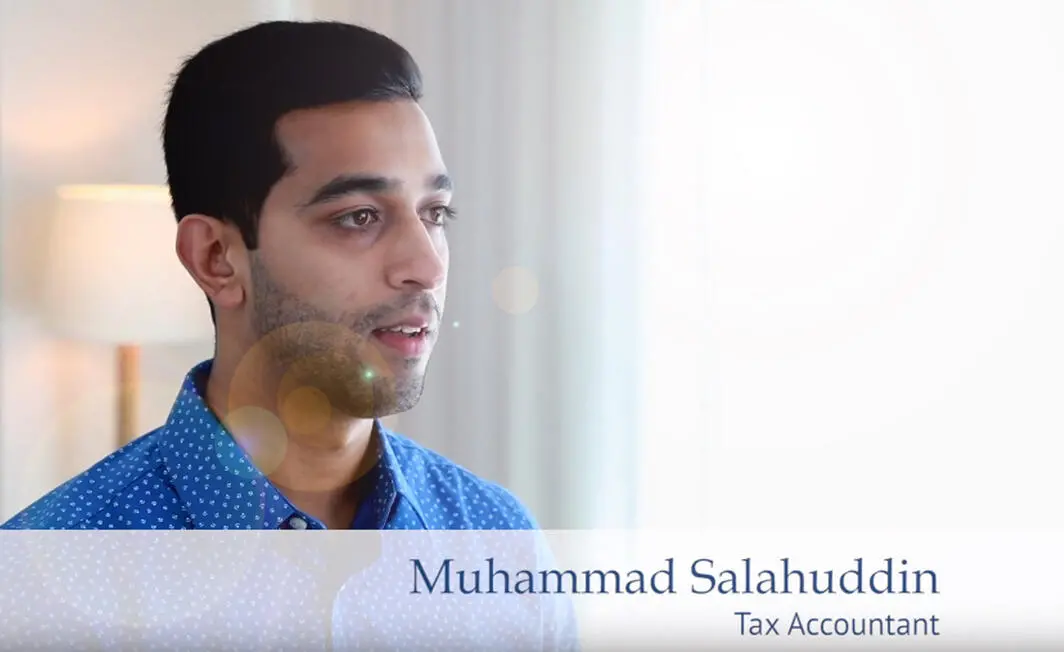How the Cloud Transforms Tax Processes
The question for many organizations today is not so much, “Should we automate tax?” – rather, it’s, “How can we further automate tax?”

Taking Tax Automation to the Next Level
The terms “cloud” and “digital transformation,” while not exactly synonymous, are at least strongly linked in the minds of IT practitioners. In addition, more and more leaders from across the organization including tax executives, CIOs, CTOs and CFOs, are envisioning a transformative role for off-premises, software-as-a-service solutions for many of the same reasons that these systems are gaining ground in other areas of the enterprise: They can remove a lot of the complexity of day-to-day tasks, free up in-house expertise to focus on high-value projects, and take automation to the next level. Plus, these benefits can be achieved without hefty up-front expenditures.
Of course, the pursuit of automation for indirect tax processes has long been a priority for forward-looking tax departments. However, many enterprises still rely on a combination of manual and automated processes to research and update tax rules and rates and determine the correct calculation and remittance. This legacy approach poses some thorny challenges.
A Legacy Approach Comes with Risk
Manual inputs increase the potential for errors and omissions in complex processes – and the world of indirect tax processes is only becoming more complex. The United States has more than 11,000 taxing jurisdictions, which have passed more than 6,000 new and updated sales and use tax rates in the past ten years. Now and then, unpredictable events like the barrage of changes resulting from the Wayfair decision adds entirely new levels of complexity to transactional taxes. The question for many organizations today is not so much, “Should we automate tax?” – rather, it’s, “How can we further automate tax?”
The how and why of cloud transformation is explored in a new Vertex report, Migrating Your Tax Processes to the Cloud: How Digital Transformation Simplifies the Complex Tax Function. A close partnership with IT is crucial to success, so the report lays out suggestions for creating a joint digital strategy. Here’s a sneak peek – six questions to kick off the discussions with IT:
- Are we seeking to implement a tax technology for the first time?
- Do we need to upgrade any legacy platforms?
- Are we changing deployment models or starting completely fresh?
- What deployment model (or models) is best for our organization?
- After the implementation, how will business processes and workflows change?
- What departments and job functions does the new solution affect?
Considerations for Moving to a Cloud-Based Solution
If you haven’t considered a cloud-based solution until now, or haven’t investigated the technology for a while, I think you’ll find this report a helpful overview of one of the most promising approaches to building a more agile, innovative and value-generating tax function.
Disclaimer
Please remember that the Vertex blog provides information for educational purposes, not specific tax or legal advice. Always consult a qualified tax or legal advisor before taking any action based on this information. The views and opinions expressed in the Vertex blog are those of the authors and do not necessarily reflect the official policy, position, or opinion of Vertex Inc.
Blog Author
Choosing a Cloud-Based Tax Solution
In this customer story, we hear from Muhammed Salahuddin, a tax accountant who switched from an on-premise tax solution to Vertex Cloud Indirect Tax.
Watch Now
